| TALES OF HEATH & POND |
VISITOR'S GUEST BOOK | HISTORY OF THE HEATH & POND | GUESTS' PHOTOGRAPHS | SOURCES OF INFORMATION | VIDEOS | SITE MAP |
Tits
To see a larger copy of each image click on it; to see the next large image click at the right of the image, to go back click on the left of the image. To close a large image click on the cross in the top right hand corner.
New photographs are usually added to the bottom of the page - click to go to the bottom of this page
Blue Tits |
||
 |
||
Tits are small birds with plain or colourful plumages, stout legs and strong feet and short, triangular bills. Several species have crests. In the UK, six species breed (plus one unrelated species in reedbeds); there are a few more in Europe and Asia, plus others in Africa and the Americas. They are social, often in mixed flocks, but territorial when nesting. They are among the most persistent and successful visitors to garden feeders. Blue tits Coal tit In winter they join with other tits to form flocks which roam through woodlands and gardens in search of food. Great tits It can be quite aggressive at a birdtable, fighting off smaller tits. In winter it joins with blue tits and others to form roaming flocks which scour gardens and countryside for food. In the time we have been walking around the pond we have only seen blue tits and long tail tits! |
Crested tits feed actively, clinging to trunks and hanging from branches, like most tits, searching for a wide range of invertebrates and pine seeds. They store food extensively during early winter, using it in late winter. Willow tits Marsh tit |
|
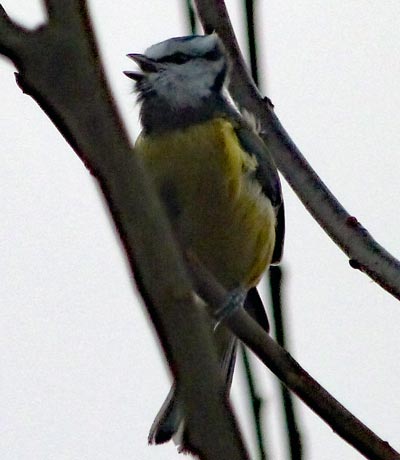 |
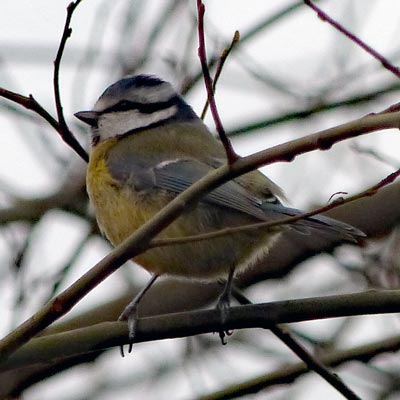 |
|
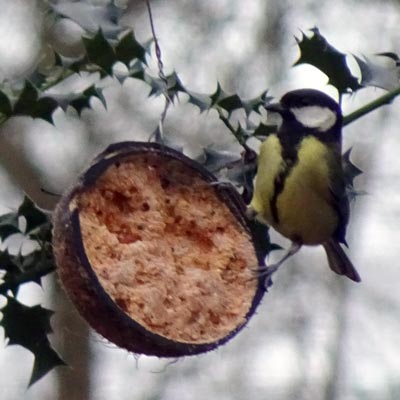 |
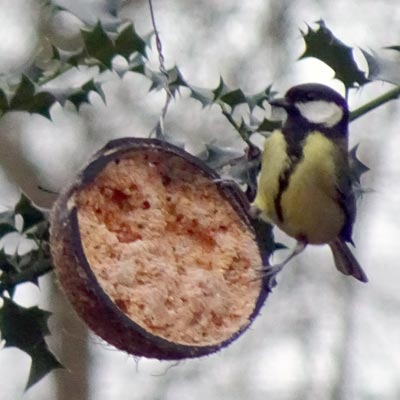 |
|
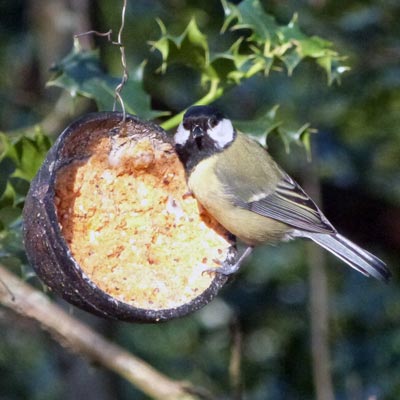 |
||
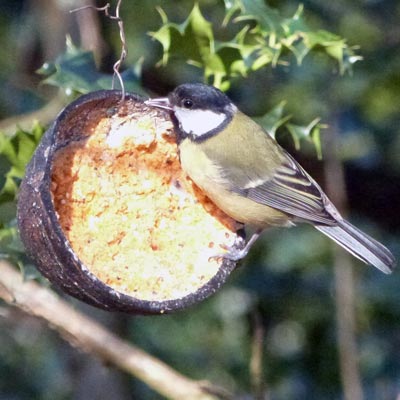 |
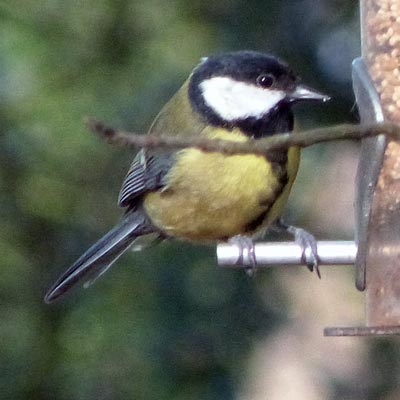 |
|
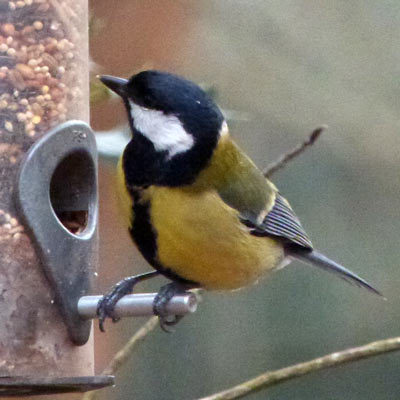 |
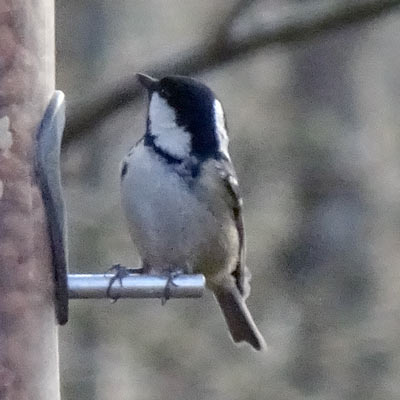 |
|
Long Tail Tits |
||
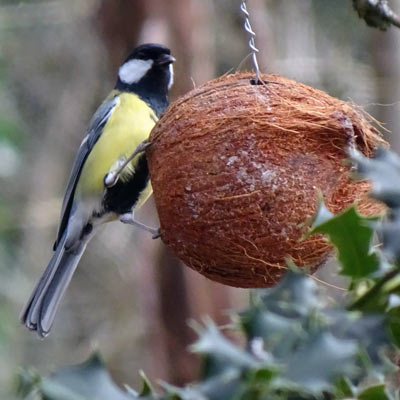 |
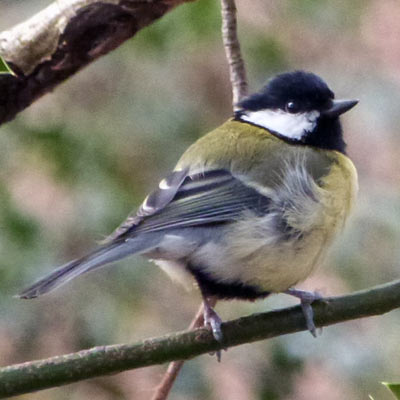 |
|
| Text | Text | |
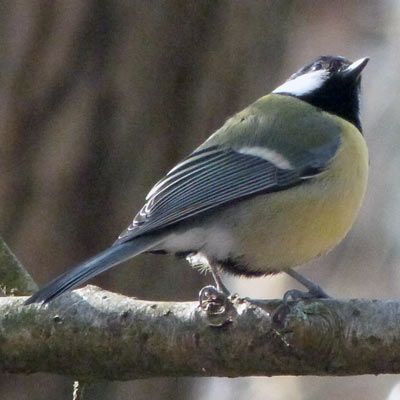 |
||
| Go to the top of this page | ||
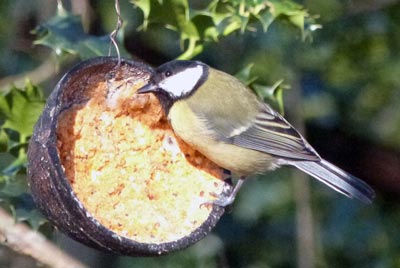 Crested tits
Crested tits